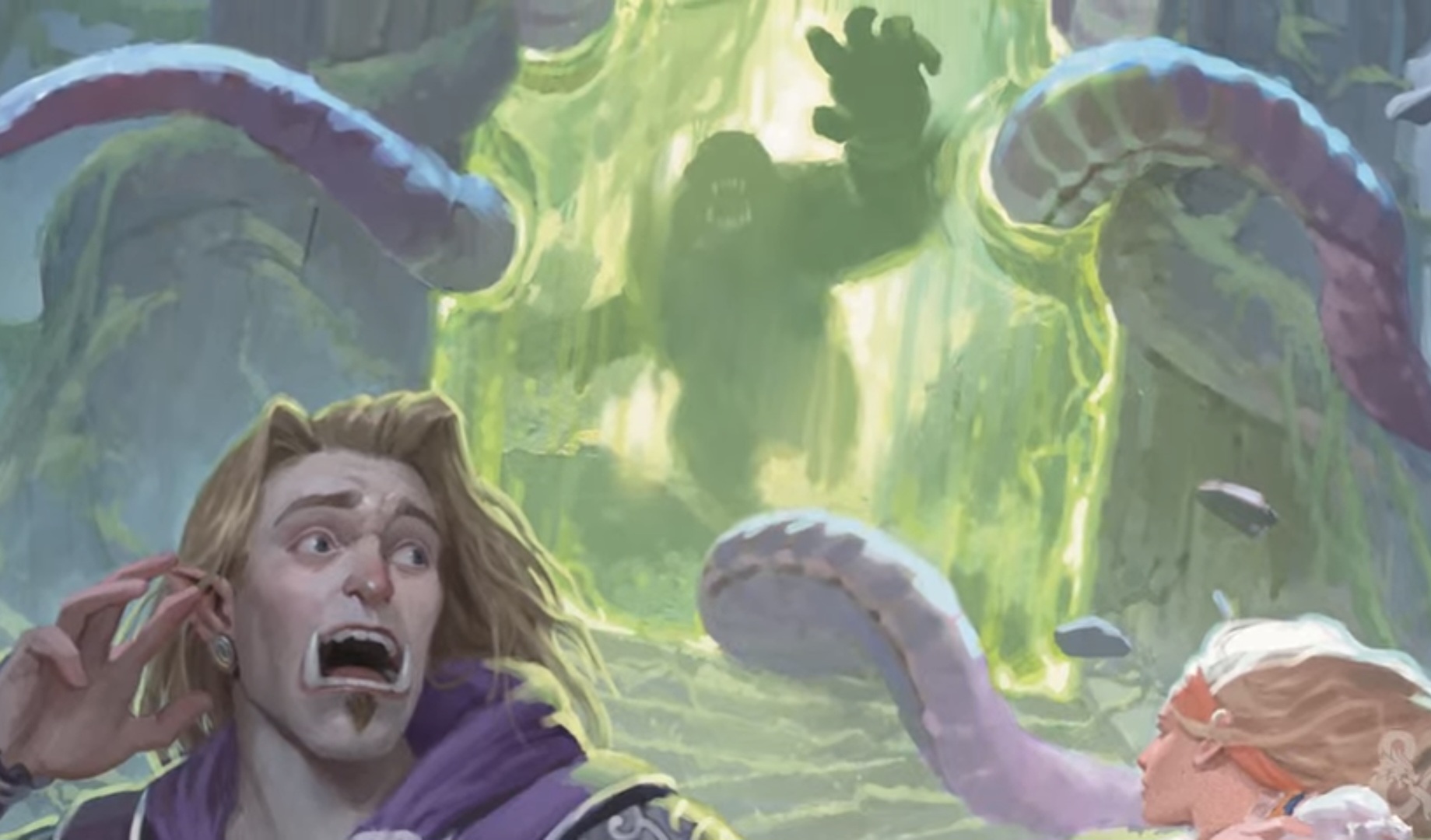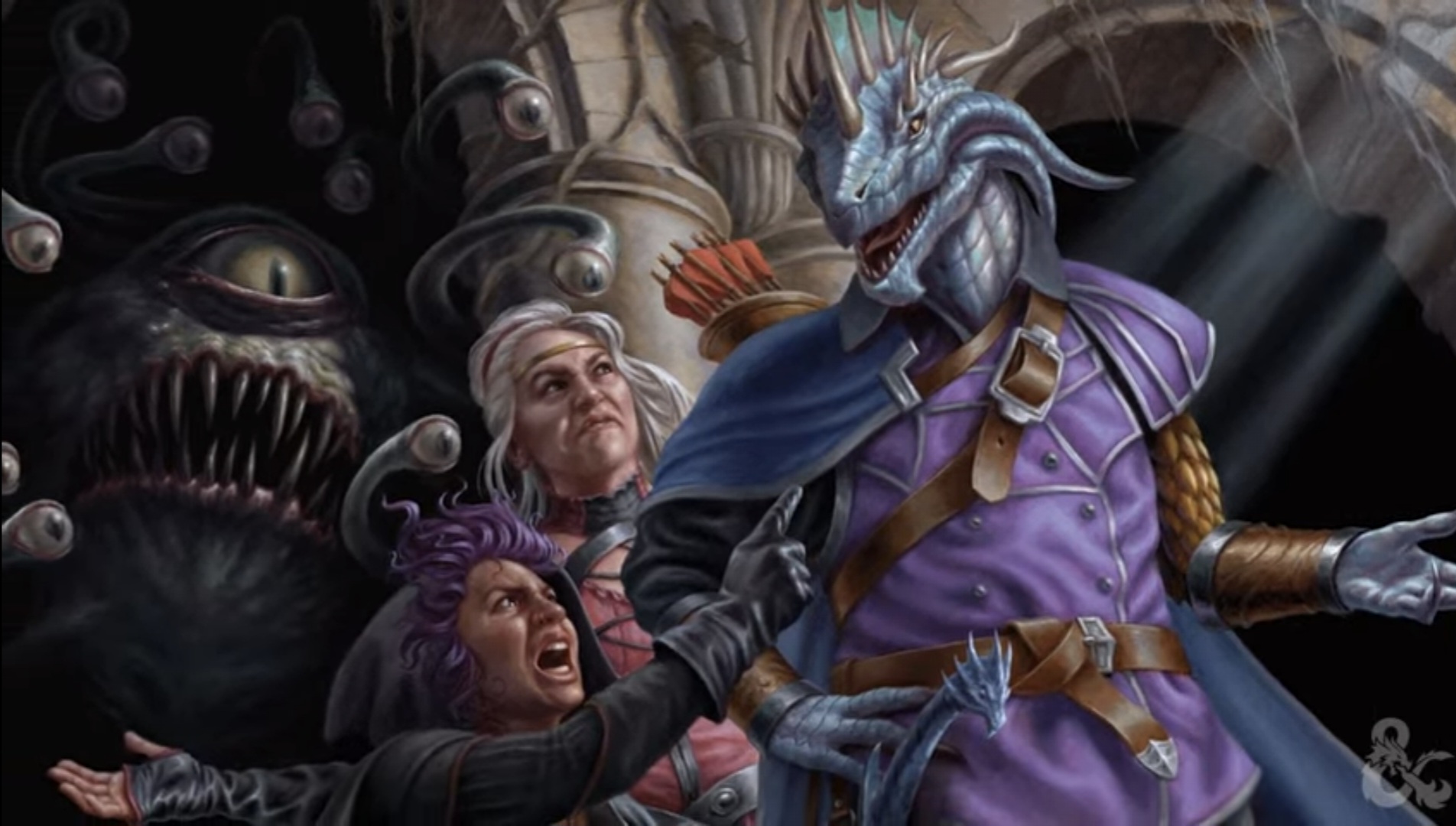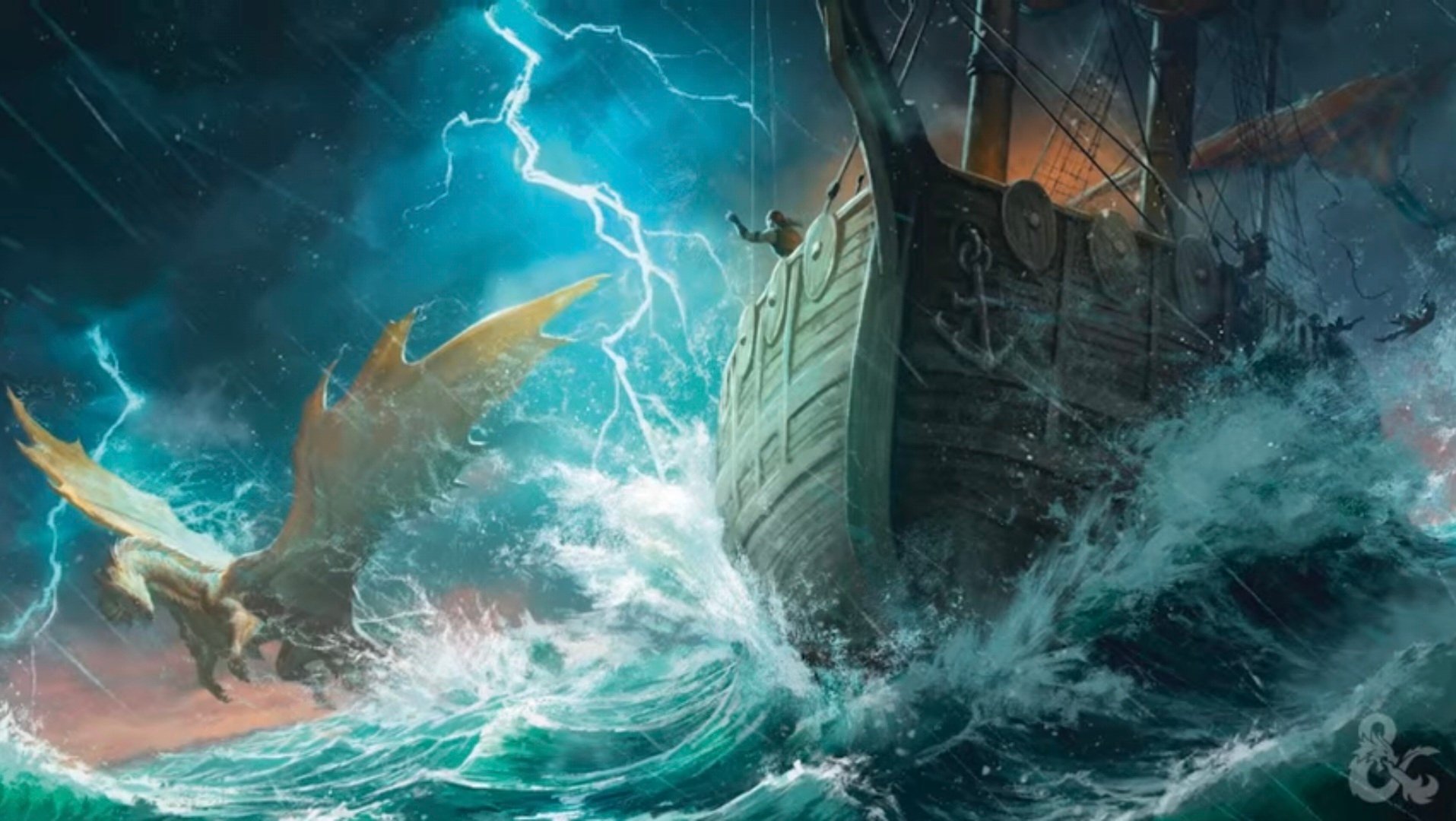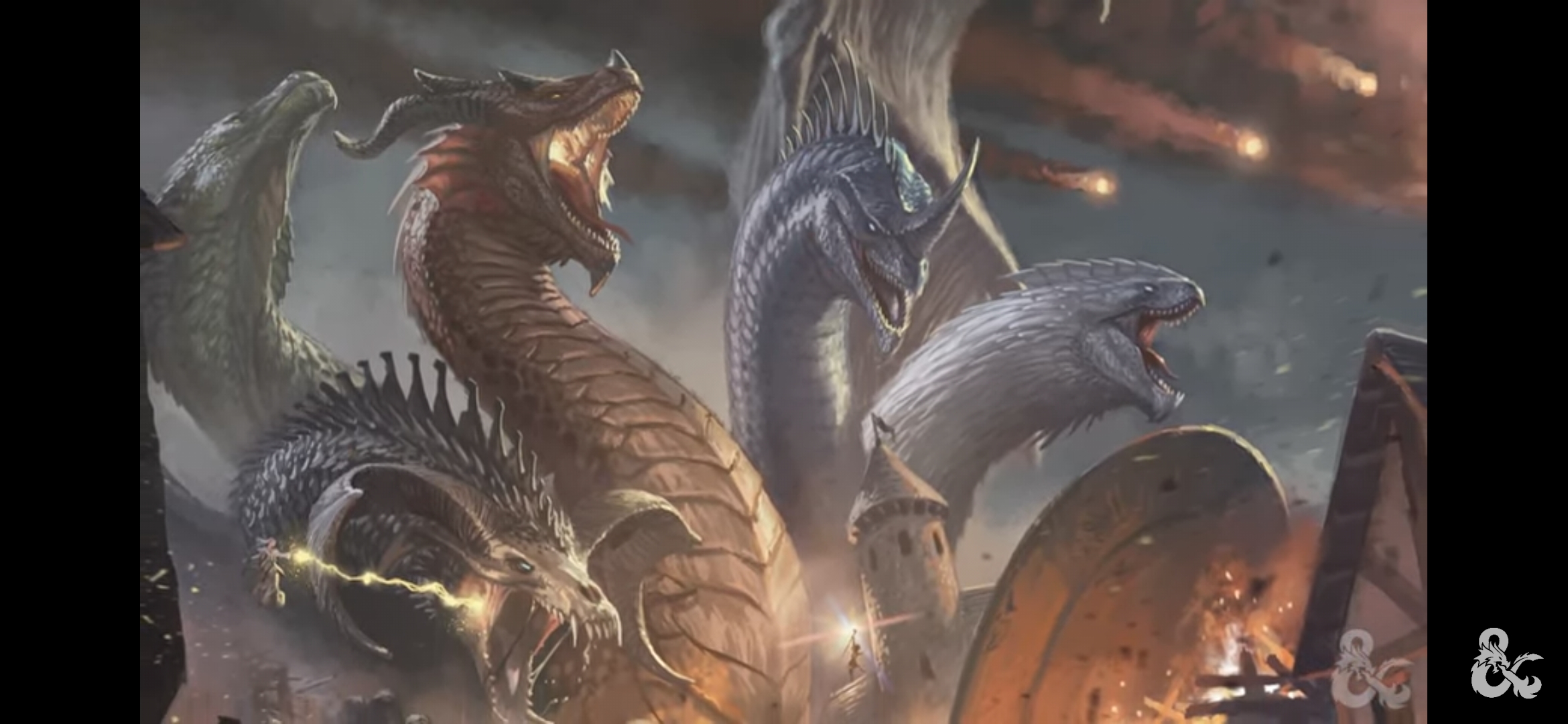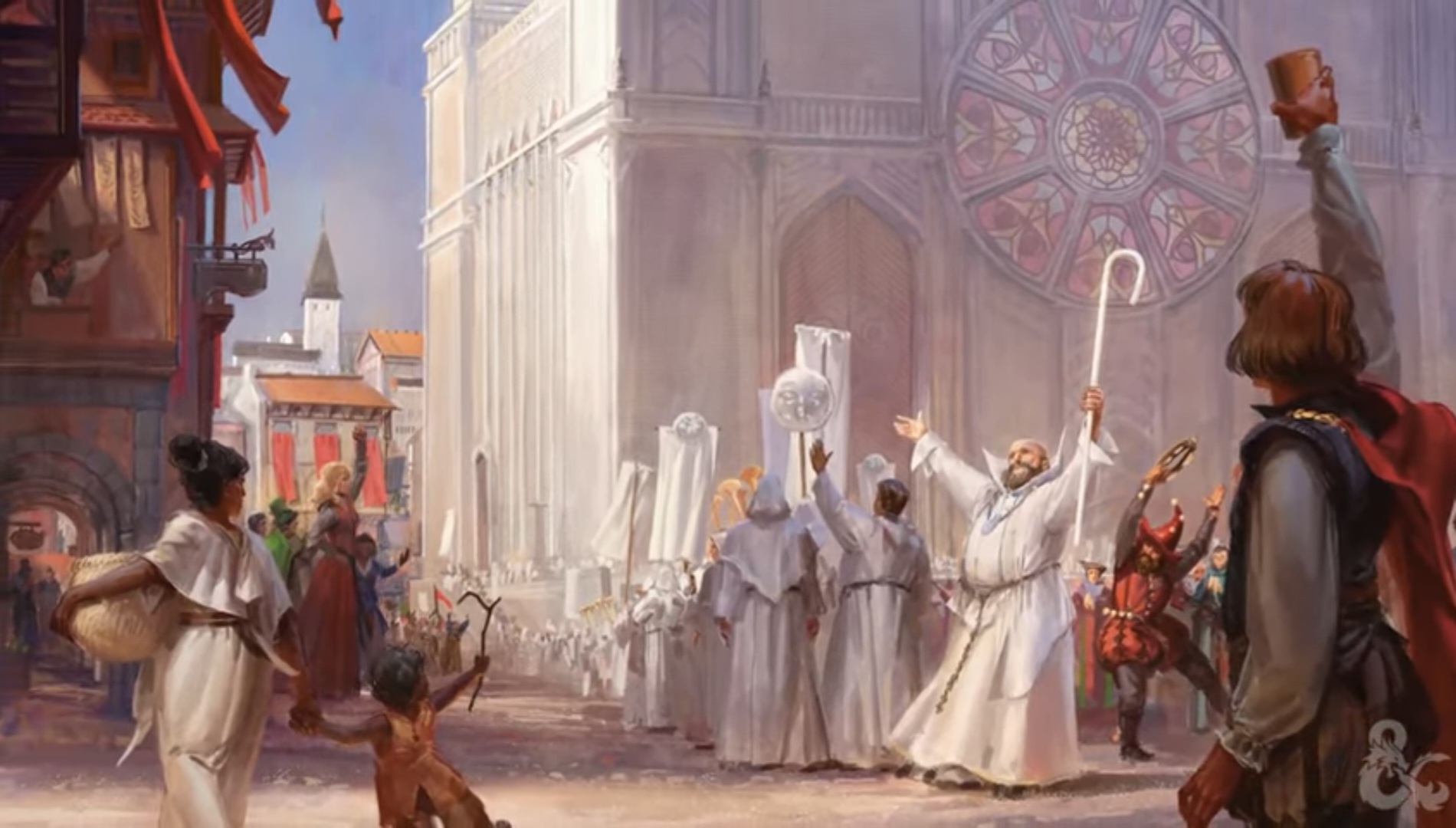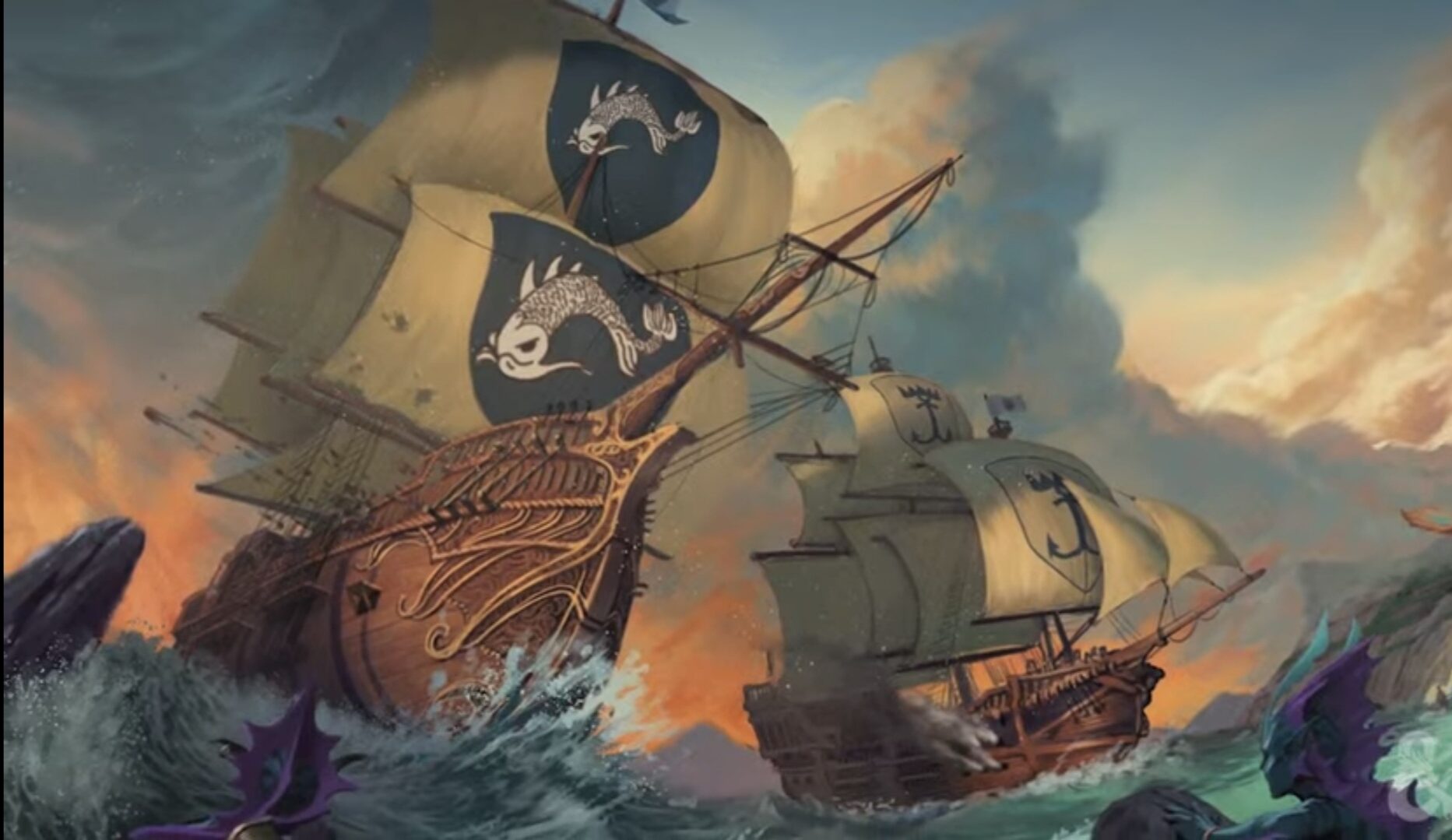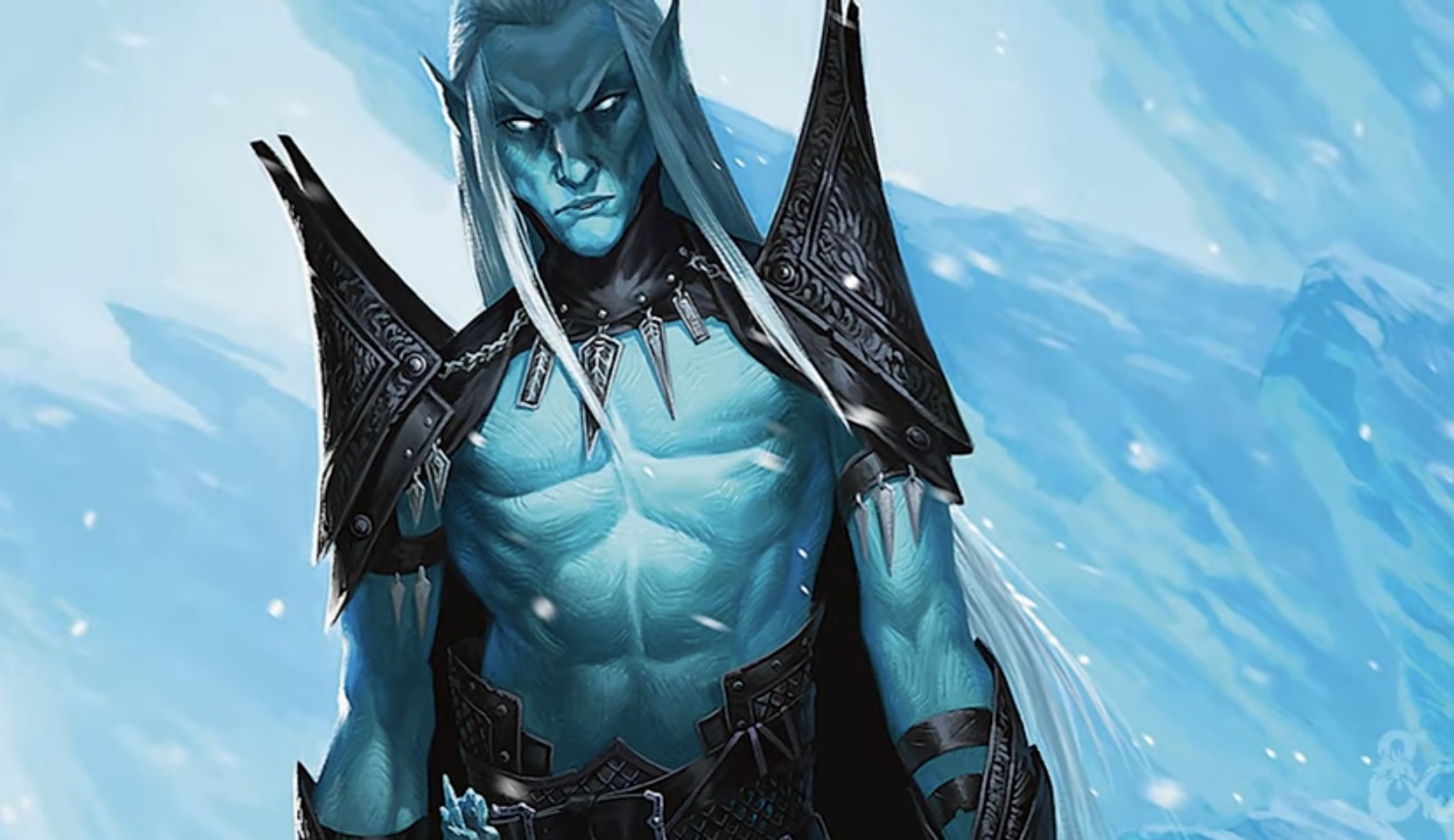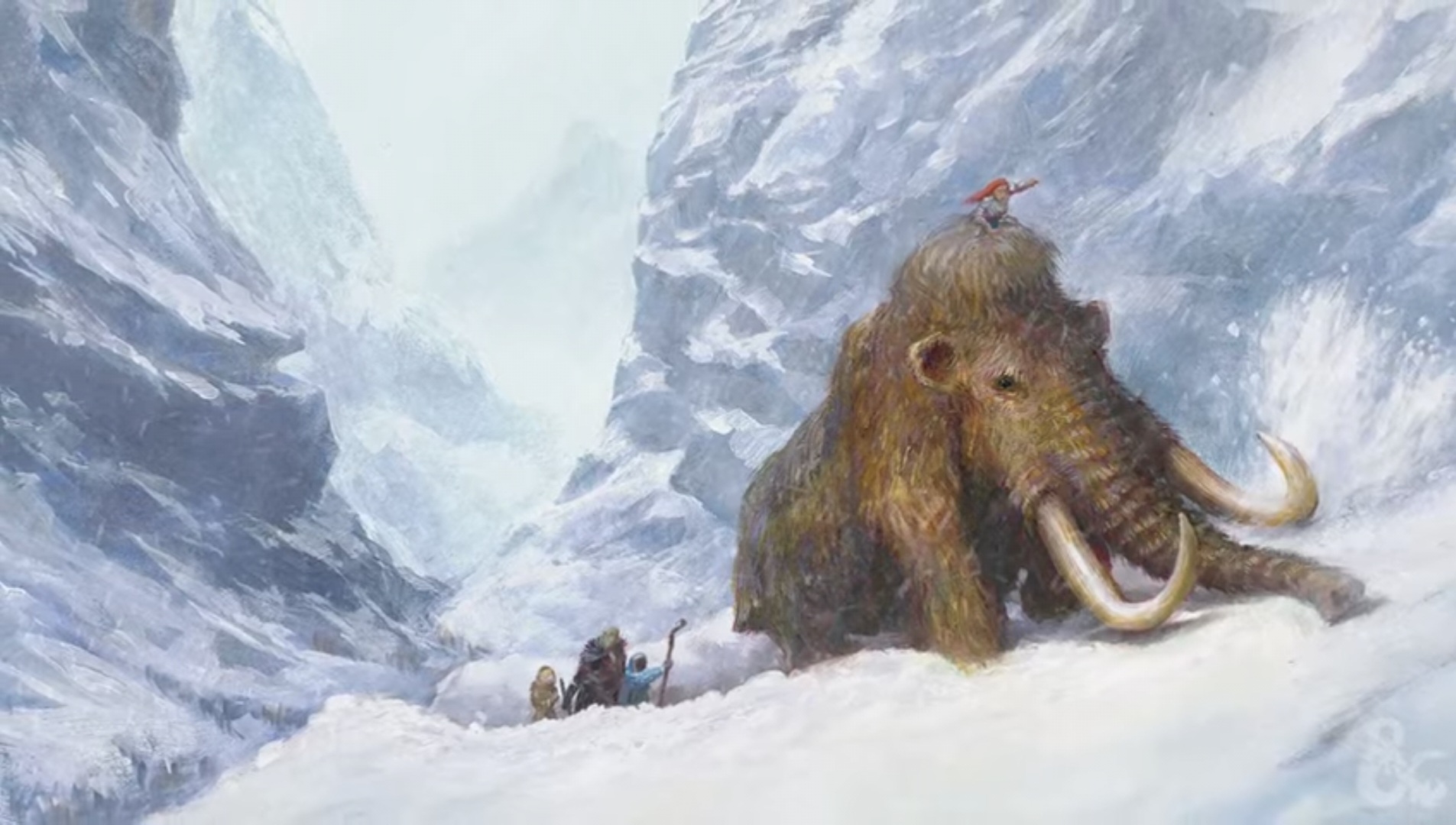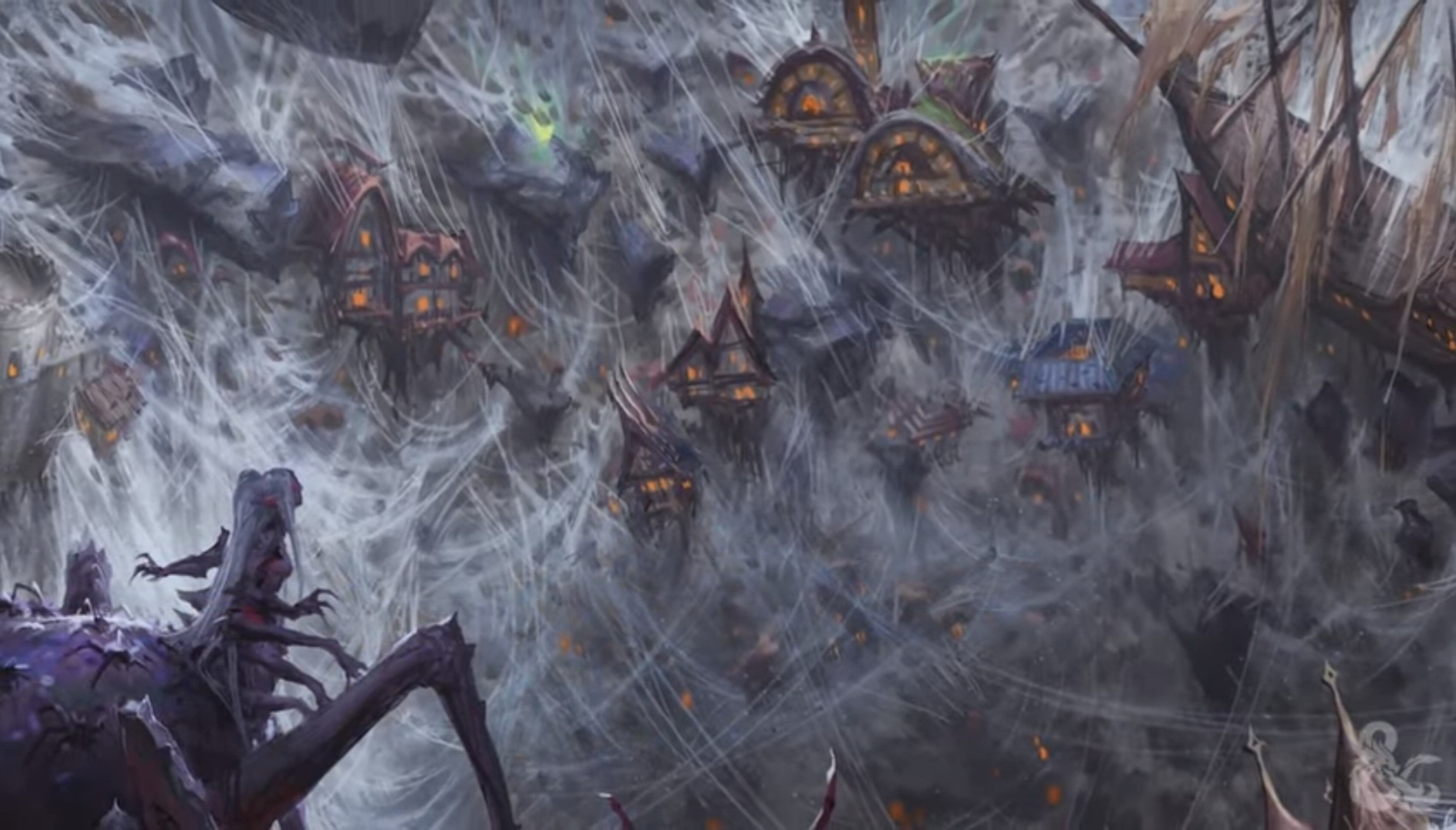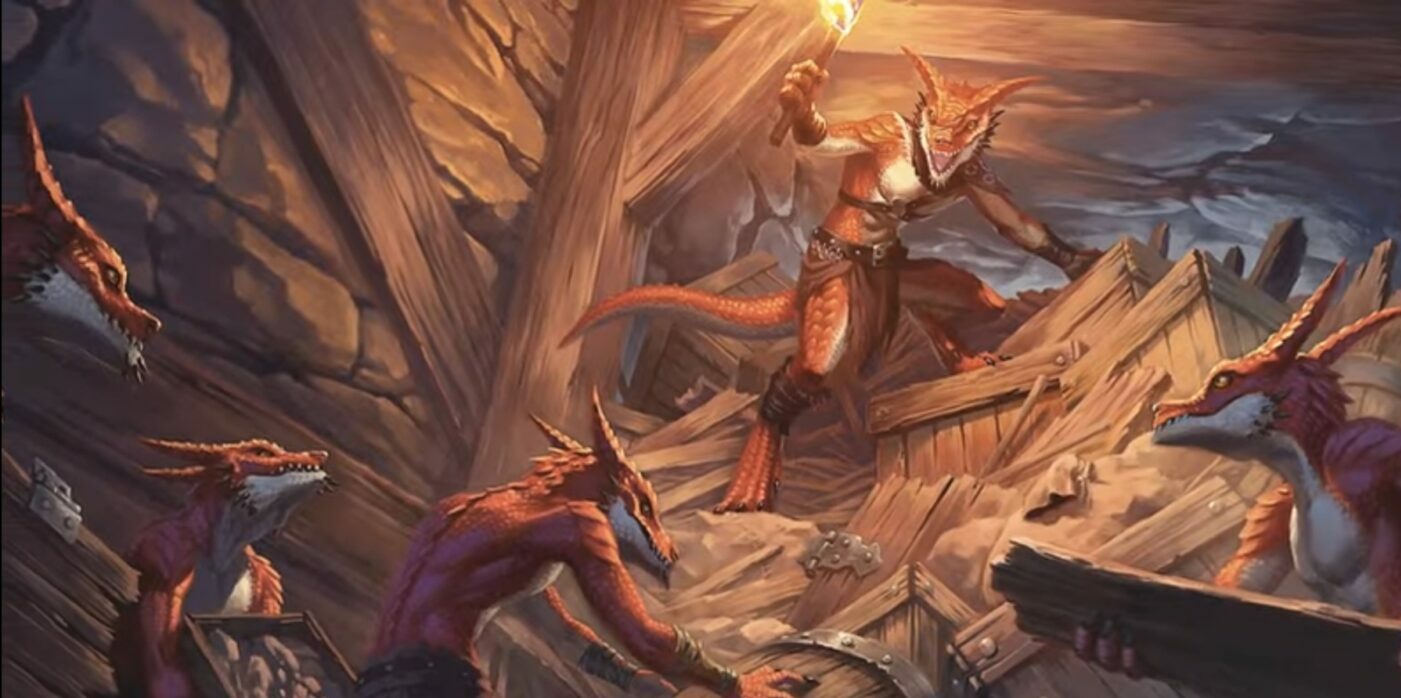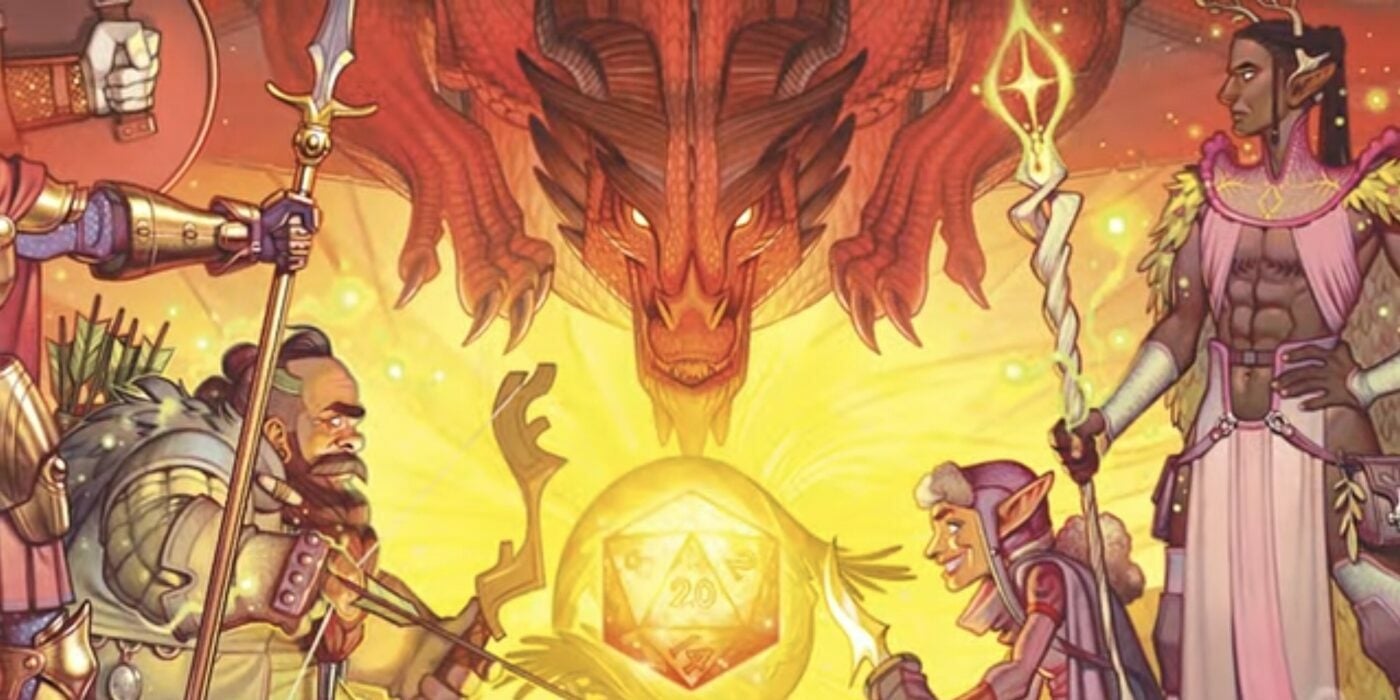Wizards of the Coast pulled back the curtain on adventure building in the upcoming Dungeon Master’s Guide. Here’s what we learned.
In a new video, Wizards of the Coast showed off a preview of the Adventure Building chapter of the new 5.5E Dungeon Master’s Guide, which comes out November 12th. And it is an in-depth preview, taking potential DMs through the adventure creation process, from concept to climax, stopping along the way to explain what each element of this chapter does and how it’s meant to help new DMs.
If adventures are the molecules that make up campaigns (and D&D by extension), then it makes sense that WotC would put a lot of effort into the chapter about making adventures. And from the video we get an idea of how it all works. In a nutshell, there are four basic building blocks that DMs will prep, but within those blocks, room for nigh-infinite variety.
Adventure Design in the New DMG – Details on Daydreaming
At the heart of this chapter is the idea of teaching the DM how to make notes for themselves. Especially with an eye towards the unfolding narrative of an adventure. And to do this, WotC has laid out four different basic elements of an adventure. Not that these are the only elements in an adventure, or even the only way of looking at building an adventure. These aren’t rules etched in stone, but rather a descriptive look at what WotC puts into their adventures.
And you get some tables attuned to these elements as well.
But what are these elements? Glad you asked:
- Adventure Situation/Premise
- Hook
- Encounters
- Climax
James Wyatt and Chris Perkins, in the video, lay out how these elements fit together. In a nutshell, you’ve got the premise for the adventure. The “what is happening in the world that players will have to intervene in” as well as the hooks for pulling characters into the adventure, followed by the meat of the adventure and, of course, various ways an adventure might end.
Wyatt describes adventures as a “compact nugget of story” that will blow up in unexpected ways. And here, they hit on the heart of D&D. One of the things that players and DMs alike look for when they come to the table is opportunities to be surprised. This is part of the D&D magic.
If you go back and listen to the earliest episodes of, say, The Adventure Zone you can see some of this in action. The players are going through as basic an adventure as it gets: The Lost Mines of Phandelver. And there’s this moment where they discover, sort of collectively, that they can make a character named Barry Bluejeans. What follows is the arc every D&D player eventually goes through – of being caught off guard.
Perkins mentions being surprised by the dice – which is another situation that should be familiar to anyone who’s played D&D for a while. The dice come up real bad, or real good, and somehow it just fits whatever is happening. Then everything spirals into chaos in the best way. There’s a lot to be said for “watching things fall apart.”
As Todd Kenreck, the interviewer puts it, “you know you’ve done a good job when what the adventure is about is something that antagonizes or captures the imagination of the players, and they spiral.” Perkins specifies it further:
“One of the most fun aspects of adventure creation is what you *can’t* anticipate. It’s the surprise. And the DM can be surprised and the players can be surprised. Everybody can be surprised when an adventure goes off the rails.”
There’s even advice on what to do when you stumble into that surprise. How to keep in that moment when the game feels alive. They talk about the ‘social contract’ of adventure design. The DM preps an adventure, the characters find reasons to want to play D&D and the game can happen.
Building Blocks in Action
In the Building Blocks portion of the video, Wyatt and Perkins outline in surprising detail what goes into each of these building blocks. For instance, the adventure situation is not just what’s at stake, but it’s the specific goal of the adventure. The premise for what the session or sessions might be like. It could be a situation the players are dealing with, like a Harvest Goddess’ wrath causing the crops to wither and rivers to run dry.
Or it could be a more specific goal that players are trying to accomplish, like trying to escort an emissary between two warring nations. Of course, that’s only one way of looking at it. Each of these adventure situations can be interpreted and remixed a thousand different ways.
In the video, they roll on a table to look at some sample premises for adventures at each “tier” of play. And while looking at the examples, point out that maybe the players are the reason the emissary needs an escort, and the adventure is about trying to capture or assassinate the emissary before the two kingdoms can turn their wrath on the players’ lands.
A situation is a broad tool that you can use to say “here’s something happening in the world, now what?”
And hooks are how you make players take it personally. The WotC team outlines three different broad categories of hooks:
- Patron Hooks
- Supernatural Hooks
- Happenstance
Patron hooks are someone the party cares about asking them to do a favor. Supernatural hooks are things like omens and signs and other magical indicators like prophetic dreams that something is up and the players should look into it. While happenstance is adventure falling into your lap. Or the other way around, like in the Hidden Shrine of Tamoachan, where players fall in a hole and arrive at the dungeon’s door.
Subscribe to our newsletter!
Get Tabletop, RPG & Pop Culture news delivered directly to your inbox.
Encounter Math, a Different Beast Altogether
But perhaps the most important building block is putting together encounters. And if you’ve struggled with this over the last decade, know that WotC feels your pain. In fact, in the video they straight up admit that they realized the encounter math was off. Things like “the adventuring day” have gone away as concepts. There’s no expectation of how many encounters you’ll have, just guidelines for what helps DMs figure out how difficult an encounter should be.
But even the difficulty has changed in 5.5E. The “easy encounter” is gone, and everything’s shifted a little. There are now three difficulties of encounter, with associated XP budgets for figuring out how many creatures to throw at your players. Here too, the math has changed. DMs will find that the multiplier for having multiple creatures is gone. Which is a huge signifier that WotC intends for people to fight multiple creatures. If you’re fighting just one or two creatures, they should be real beefy.
But it’s not just about finding the right number of XP’ worth of monsters to put into an encounter. That’s how you measure the relative difficulty, sure, but difficulty alone doesn’t make an encounter. And it looks like WotC has put in a lot of other levers and knobs for DMs to play with. Because encounters shouldn’t always be just about killing the other side.
There are all sorts of things you might have to try and accomplish in an encounter, for one. To name a few that WotC describes in the DMG, there’s trying to make peace with the creatures in the encounter. You might be trying to protect a specific NPC or Object, like a crystal collecting arcane power for a ritual to restore the castle’s warding spells.
Perhaps your characters are fighting to retrieve an object, like an artifact or magic item that is influenceing the nearby town. An encounter could be all about sneaking in to a place, or stopping an ongoing ritual, or even just have the goal of taking out one important NPC before it’s too later. Like that emissary from earlier.
The idea is to try and figure out what purpose each encounter is serving. And then to empower DMs to play with the situations. Encounters might run as barriers to the adventure situation, or give players new options to solve difficult problems.
But we’re still not done. Because there are more tools for DMs to play with. In the video they mention Encounter “complications” which can include things like changing elevation, or one side having defensive positions, or environmental hazards being on the battlefield alongside different groups of monsters.
Each encounter might even have different behaviors for the monsters. Wyatt talks about managing monster relations and attitudes via the toolset included in the book. So you might have an encounter where one of the monsters is only interested in looking out for itself, and might even help the players. Or maybe the monsters have different reactive tactics, like going to set up barricades or call for reinforcements or even just running away.
They’ve clearly put a lot of care into the adventure design chapter, in a way that wasn’t there in the 2014 5E version of the rulebooks. To the point where this even has sample adventures, and a look at what a DMs notes might be like for each of them.
It’s all about finding ways to surprise either the players and the DM. To craft encounters that challenge expectations and conventions – so that no two encounters feel exactly the same. I can’t wait to dig in and take a look at how the new tools work out in person. But from the video, it looks like this DMG is going to be an indispensable guide for any DM.
The new Dungeon Master’s Guide releases November 12th!
Don’t Miss:
Read more at this site

